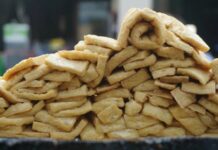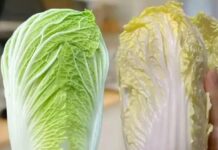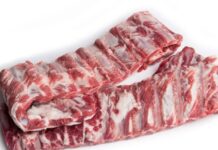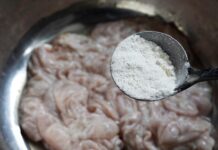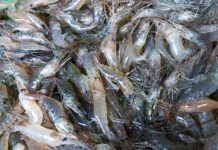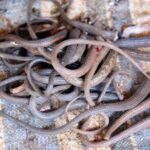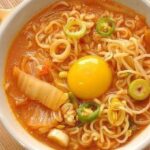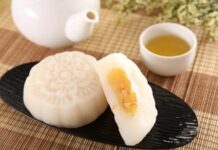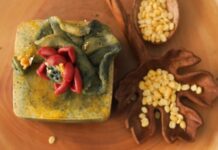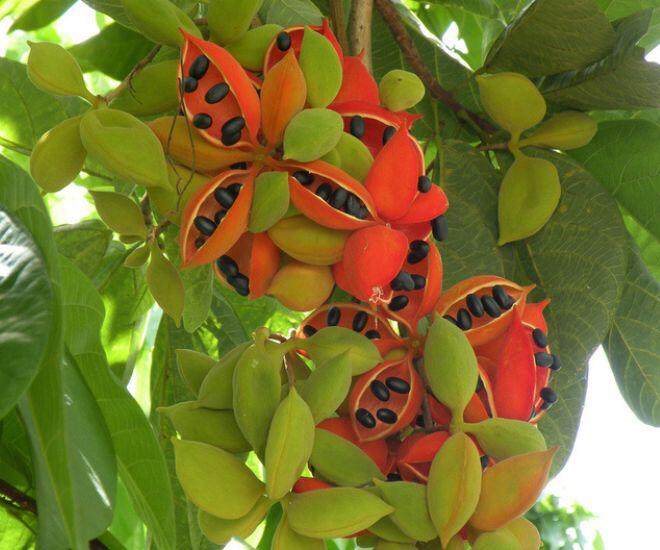
Every July, when the rice terraces of these regions lie dormant after the annual planting, the ethnic communities venture into the forests in search of the coveted mề gà seeds. The Erythrophleum fordii, also known as the La Han tree, is a rare and precious sight, growing wild in the depths of the forest.
Reaching heights of 3 to 5 meters, the La Han tree boasts large, expansive canopies that provide shade throughout the year. Come summer, the tree bursts into life, bearing flowers and fruits that resemble bright red chili peppers when ripe. Within each fruit lies a treasure trove of one to five seeds, slightly larger than a thumb.
What sets the mề gà seeds apart is their natural habitat; they thrive only in the wild forests and cannot be cultivated on a large scale. This gives the seeds a pure, intense flavor that embodies the essence of the mountains. The optimal harvest time is when the outer shell of the fruit naturally splits open, revealing the glossy black seeds within, plump and at their sweetest.
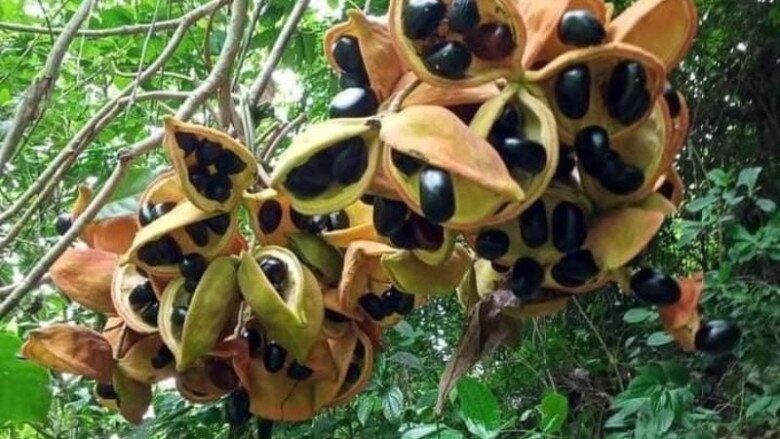
For the highland communities, mề gà seeds were once a staple, boiled, roasted, or simply buried in ash to provide sustenance during lean times. Today, these seeds have transcended their humble origins to become a revered delicacy.
The flavor of mề gà seeds is unique and captivating. They offer a buttery, nutty taste akin to chestnuts, with a subtle sweetness that lingers on the palate. When the dark shell is cracked open, a golden-hued kernel is revealed, resembling a quail egg yolk—a sight that delights both the eyes and the taste buds. This distinctive appearance and flavor have quickly earned the admiration of discerning food connoisseurs.
The preparation methods for mề gà seeds are diverse. After being carefully cleaned, the seeds can be boiled, roasted, or cooked with bones to create a sweet, refreshing soup. However, the original and most revered way of enjoying these seeds, according to the Thai people, is to bury them in hot ash within the hearth. The gentle heat of the ash slowly cooks the seeds, preserving their natural moisture and flavor. As the seeds cook, a tantalizing aroma fills the kitchen, signaling that this forest delicacy is ready to be savored.
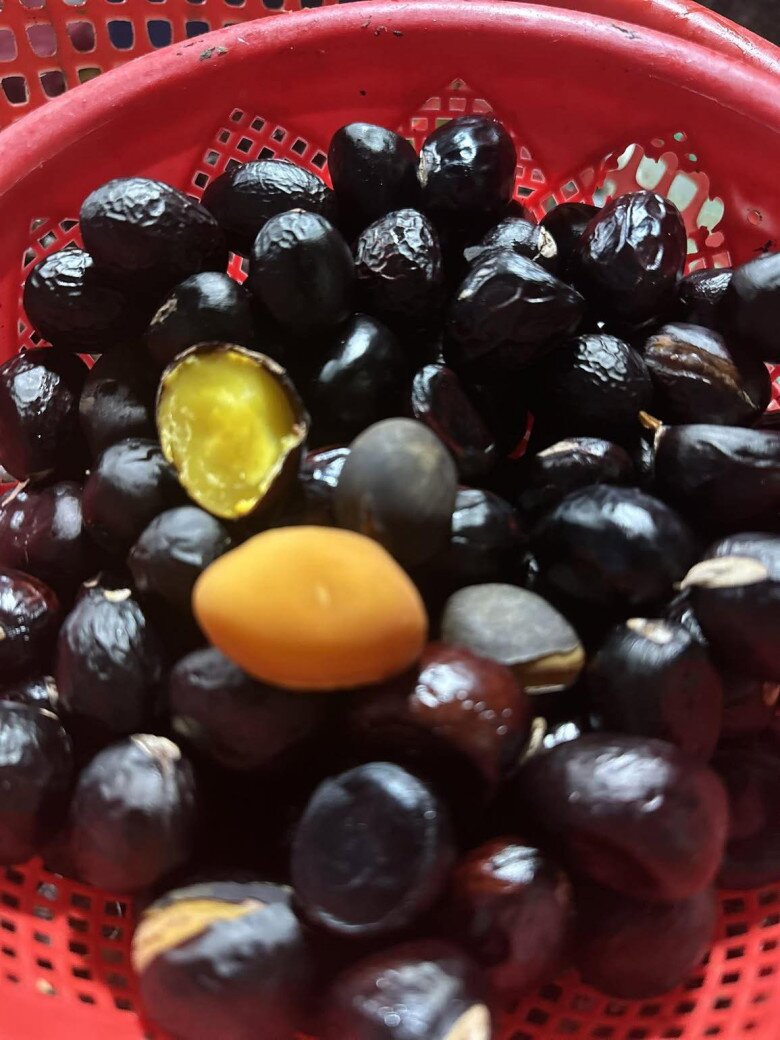
The allure of mề gà seeds extends beyond their exquisite flavor. They embody the richness and wildness of Northwest nature. As a natural, unadulterated product, mề gà seeds are sought after by those embracing a healthy lifestyle, valuing their “clean” qualities.
Specialty traders and buyers are keenly aware of the rising popularity of mề gà seeds. A trader shares, “I receive 5-7 inquiries daily from locals and teachers bringing forest fruits, but even that isn’t enough to meet the demand.” This increased demand has elevated the economic value of mề gà seeds. This summer, prices range from 30,000 to 45,000 VND per kg, a reasonable cost for such a rare and natural treat.
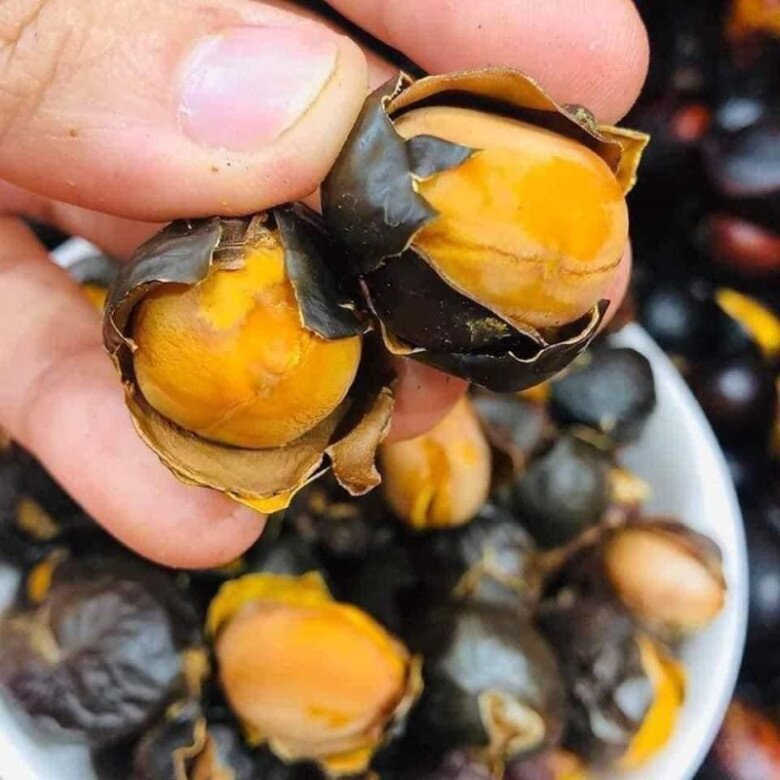
From the highland regions of Dien Bien, Son La, and Ha Giang, mề gà seeds are now making their way into major cities and diverse regions, carried by curious travelers and savvy traders. They are not just a snack or dessert but are also being incorporated into savory dishes, adding a novel twist to family meals. The presence of mề gà seeds in urban markets underscores the value of natural, wild products from the Northwest mountains and presents a sustainable economic opportunity for the ethnic communities.
Mề gà seeds are more than just a culinary delight; they are a testament to the bounty of nature, a connection to the lives of highland communities, and a culinary adventure that captivates food enthusiasts with their simplicity and rarity.
The Ultimate Delicacy in Tay Ninh: A Creepy Crawly Treat for the Brave Foodie.
The Black Lady Mountain lizard is the star ingredient in a plethora of delectable dishes, captivating the hearts (and taste buds) of diners. Each culinary creation boasts its own unique flavor profile, yet they all share a common thread – a delightful interplay between the natural sweetness and chewy texture of the lizard meat, and the creative flair of the chef.











